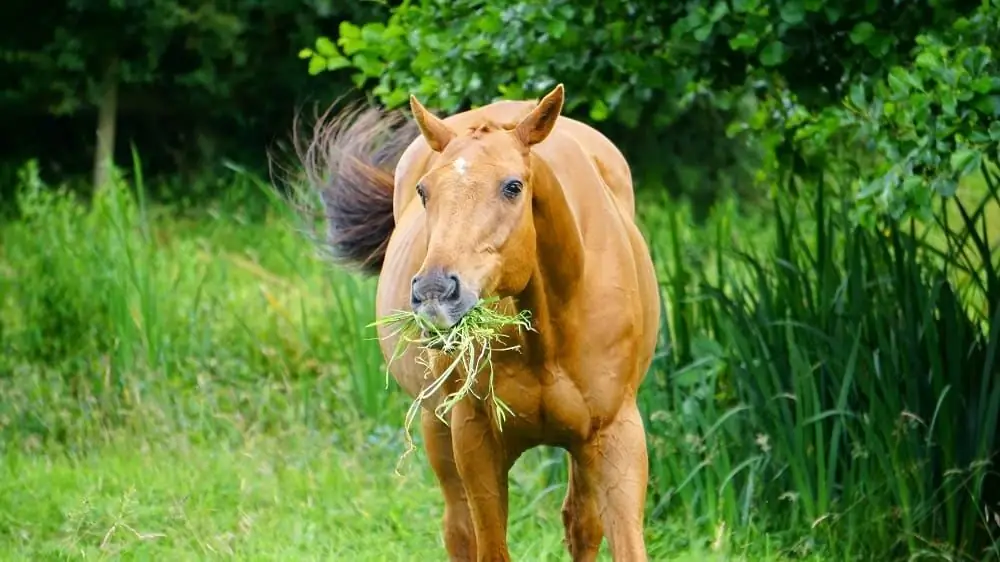2025 Author: Howard Calhoun | [email protected]. Last modified: 2025-01-24 13:10:35
European countries and America appreciate and eat large quantities of turkey meat, but in our country this product is used in the form of high-tech raw materials. Turkey meat is used to make sausages, smoked meats, ham and sausages.
Turkey breeding
The process of breeding this bird is not as complicated as it might seem at first glance. The turkey tolerates low temperatures well, which makes it possible to grow poultry even in the north. Two years is enough for a bird to gain 30 kg of weight. The meat itself has a rich and delicate taste, has a number of all the necessary amino acids. Eggs are another product derived from the turkey. The beneficial properties of these eggs exceed even chicken ones.

Difficulties arise most often when growing young animals. Here you need to know the right approach, decide on a place to keep and, of course, learn how to feed turkeys for their correct and rapid growth. Let's try to answer these questions.
Choose a room
The main condition is light and dryness in the living space selected for turkey poults. For most of its existencebirds spend exactly on the floor, so calculate the area. For five individuals, one square meter is required. Adult individuals on one meter will fit only two. The presence of a solarium (walking area) is required. It should take up most of the room. The floor can be concrete, wood or earthen. The territory for walking is fenced with a high net. Small doors installed from the facade allow the bird to exit at will. Doors should be made 30-35 cm from the floor, and also covered with a mesh on top.

Start
Very small chicks live in paper-lined cages. It is necessary to provide that the small legs of the turkey poults do not fall into the cracks in the floor. The cage can be bought at a specialized store or made at home. Cell cells are 1616 or 2424, the floor is made 3 mm thick. The height of the cage is not more than 50 cm. Turkeys that have reached the age of 10 days are placed on an area of 0.4 square meters. It is necessary to heat the cage space, for example, with special lamps. Consultants of specialized stores will help you choose all the necessary equipment, including feeders and drinkers.
What to feed turkeys?
Unlike most birds, turkeys are quite picky eaters, especially turkey poults. Raising young animals will require careful attention to their diet in order to obtain meat with good palatability as a result. The food should be fresh, varied and rich in nutrients: carbohydrates, fats, proteins, macro- and microelements, vitamins.
Necessity¼ of the protein is covered with protein feed of animal origin. Fat for young individuals should be 5-6% of the diet. This will make their meat juicy and tender.

There is no clear answer to the question of what to feed turkeys. They are very fond of nuts and acorns with a high fat content. And this is great, with such a diet, poultry meat will be very tasty.
Crude fiber should be 3.5 - 5.5%. It could be fresh herbs. Young animals are fed with it from three days of life. Mixers are also prepared from buttermilk or yogurt. Loose porridge with milk is good. And from two weeks, kids will be happy to eat cottage cheese, grated carrots, potatoes, fish. Young chicks see very poorly, so they should be poked with a beak into the drinkers and food.
You should also know what to feed turkeys to ensure they digest food properly. Chalk, crushed charcoal, shells and fine gravel should be poured into separate feeders. Drinking water is taken at room temperature. Twice a week you need to give a weak solution of potassium permanganate, which will protect the ventricle of babies from microorganisms.
Good luck and profitable business!
Recommended:
Horse breed Percheron: photo, price and description of the breed

The name of the Percheron horse breed comes from the name of the French province of Perche, where this horse breed was bred. As a result of the constant crossing of horses of the Eastern Arab breed with Western heavy trucks, the Percheron breed was bred. The horse is part of an interesting, multifaceted and educational world that immerses everyone in goodness. She is an assistant on the field, a comrade-in-arms in battle, a doctor for depression and cerebral palsy, a friend
Breeding turkeys: a business plan. Turkeys: breeding, growing conditions, breeds (photo)

Turkeys, which are not commercially bred for eggs, are characterized by rapid growth with minimal feed costs
Turkeys: growing and breeding at home, maintenance and care

Growing turkeys at home is a relatively simple procedure. However, such a bird is still considered somewhat more whimsical than the same ducks and chickens. In any case, the farmer should not violate the technology of caring for turkeys
Simmental, breed of cows: photo and description, characteristics, pros and cons of the breed

The Simmental cow breed is one of the most ancient. It is versatile, has both excellent meat and dairy characteristics. Simmental bulls gain weight very quickly. Their meat has a pleasant taste, so farmers often take them for fattening. Simmental cows produce excellent fat milk, which is perfect for making cheeses. They give birth to strong calves and have stable lactation
How to feed horses: types of feed, nutritional rules and diet

To figure out what to feed horses, it would not hurt to find out how these animals eat in the wild. In ancient times, herds of horses simply grazed in the meadows. This was enough to provide their body with all the necessary nutrients

